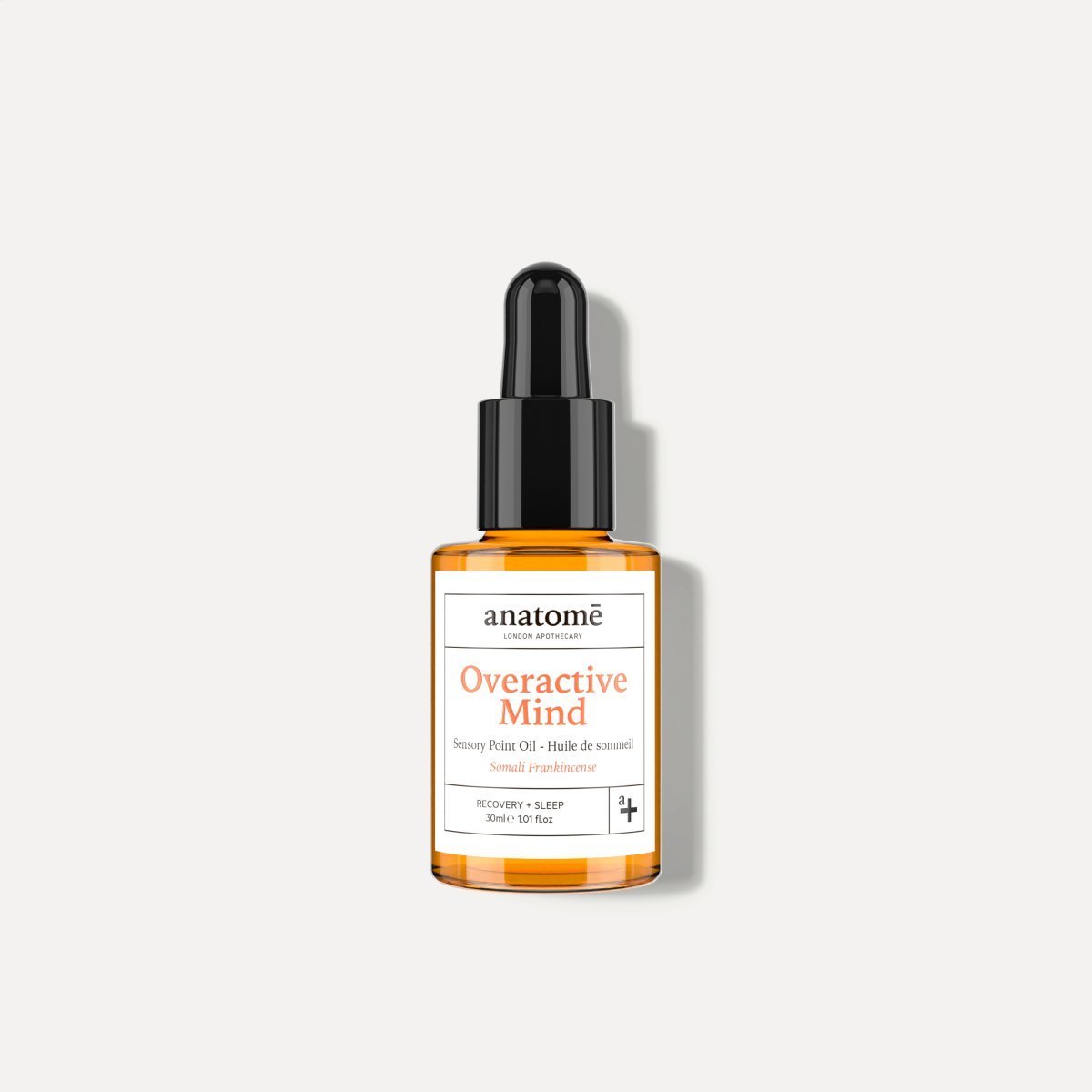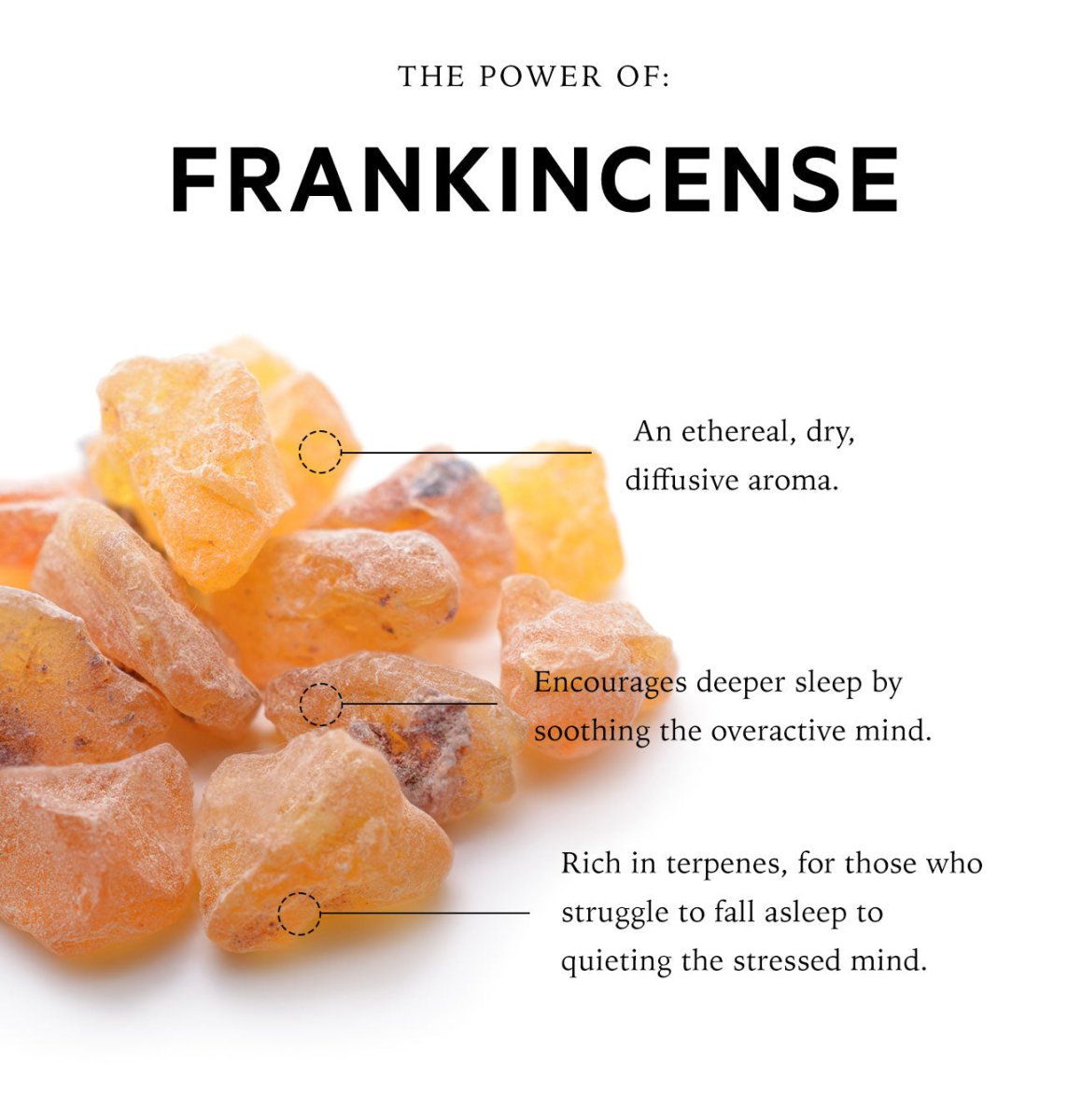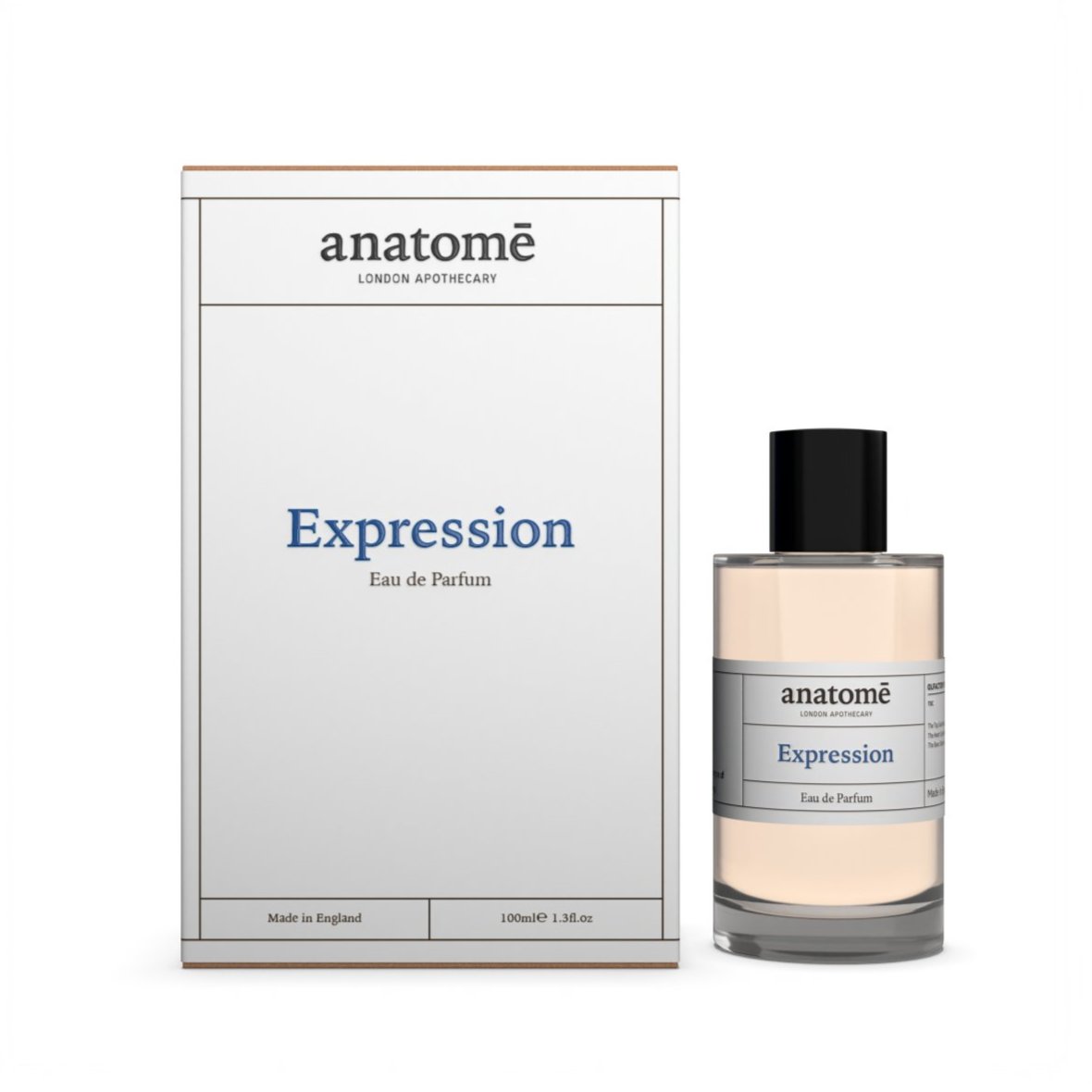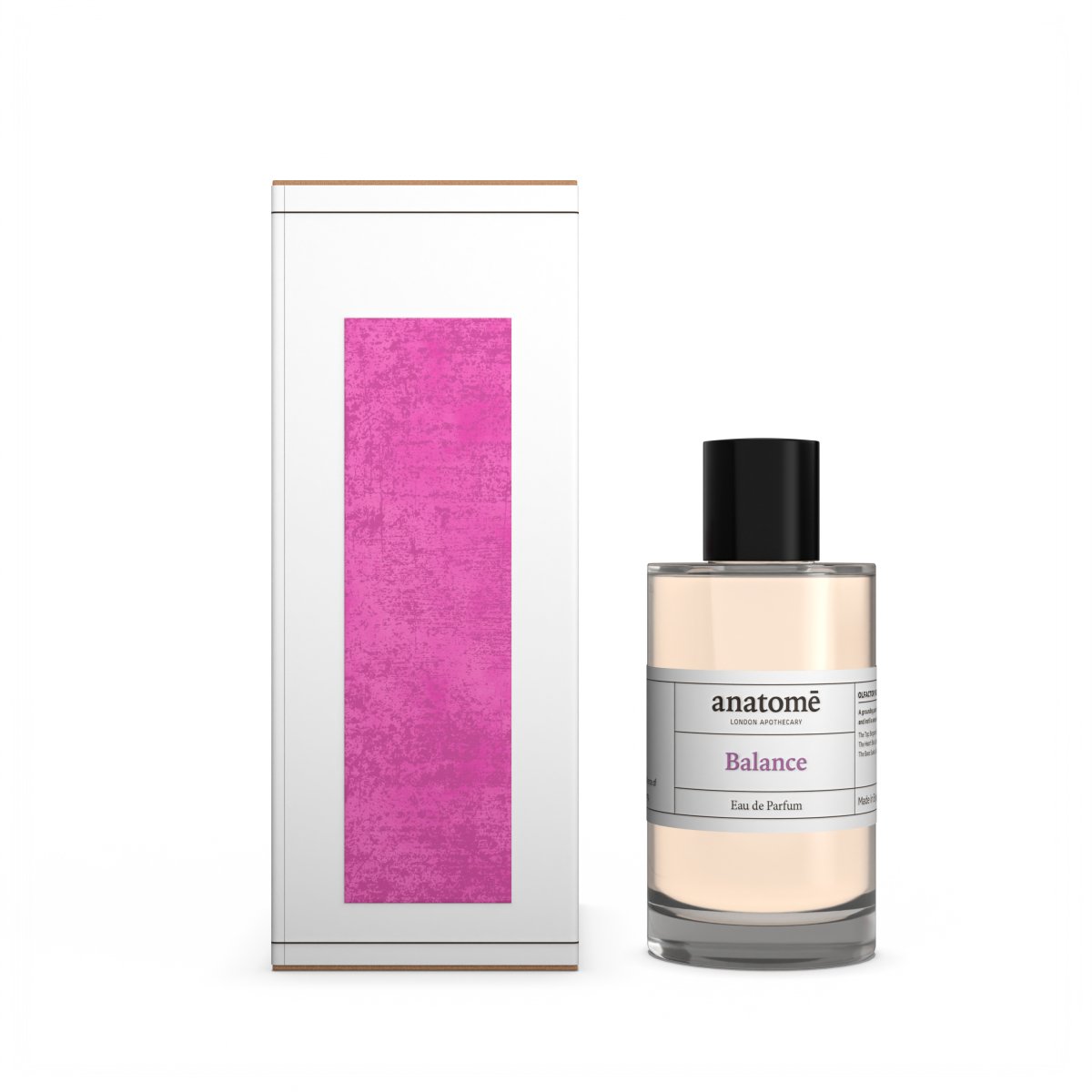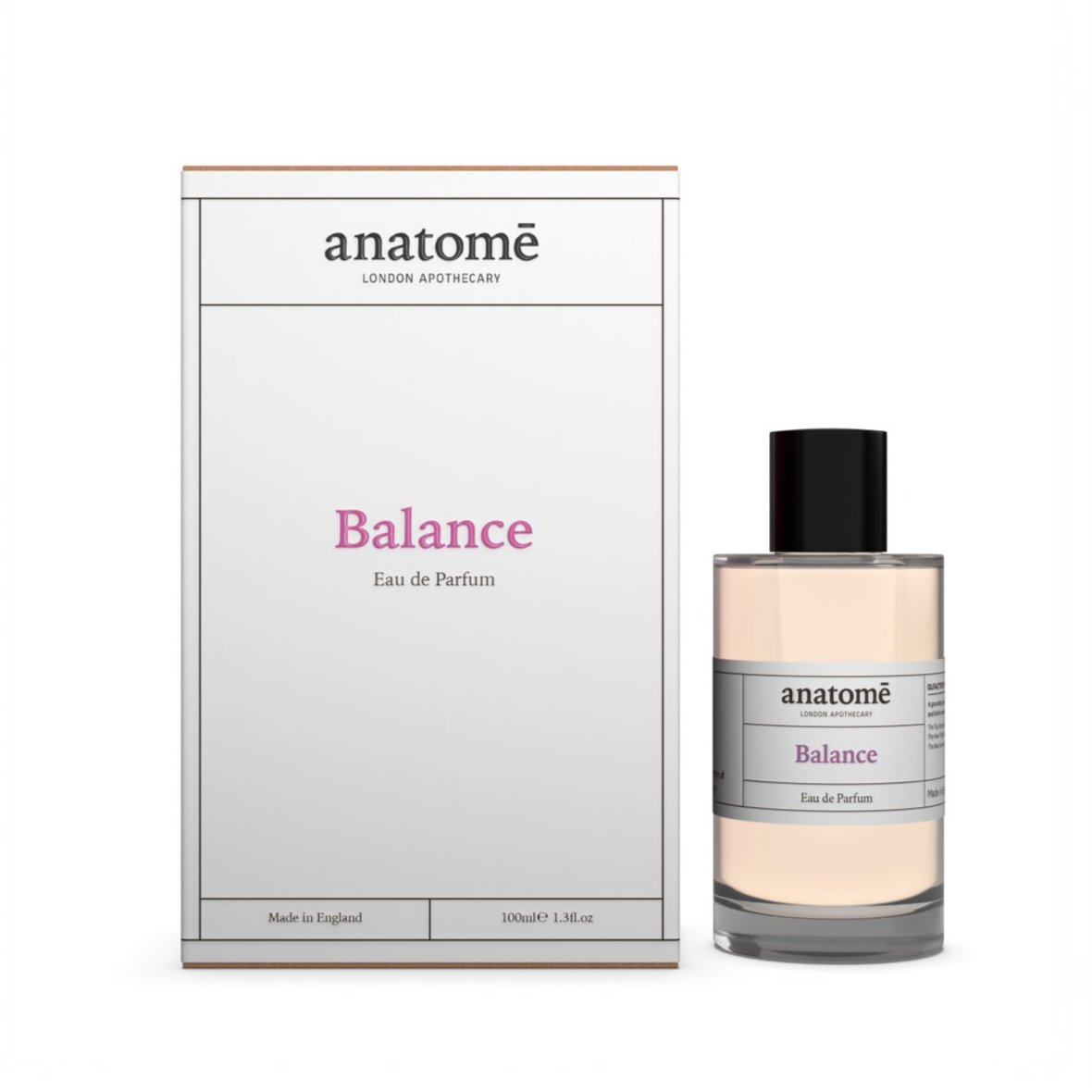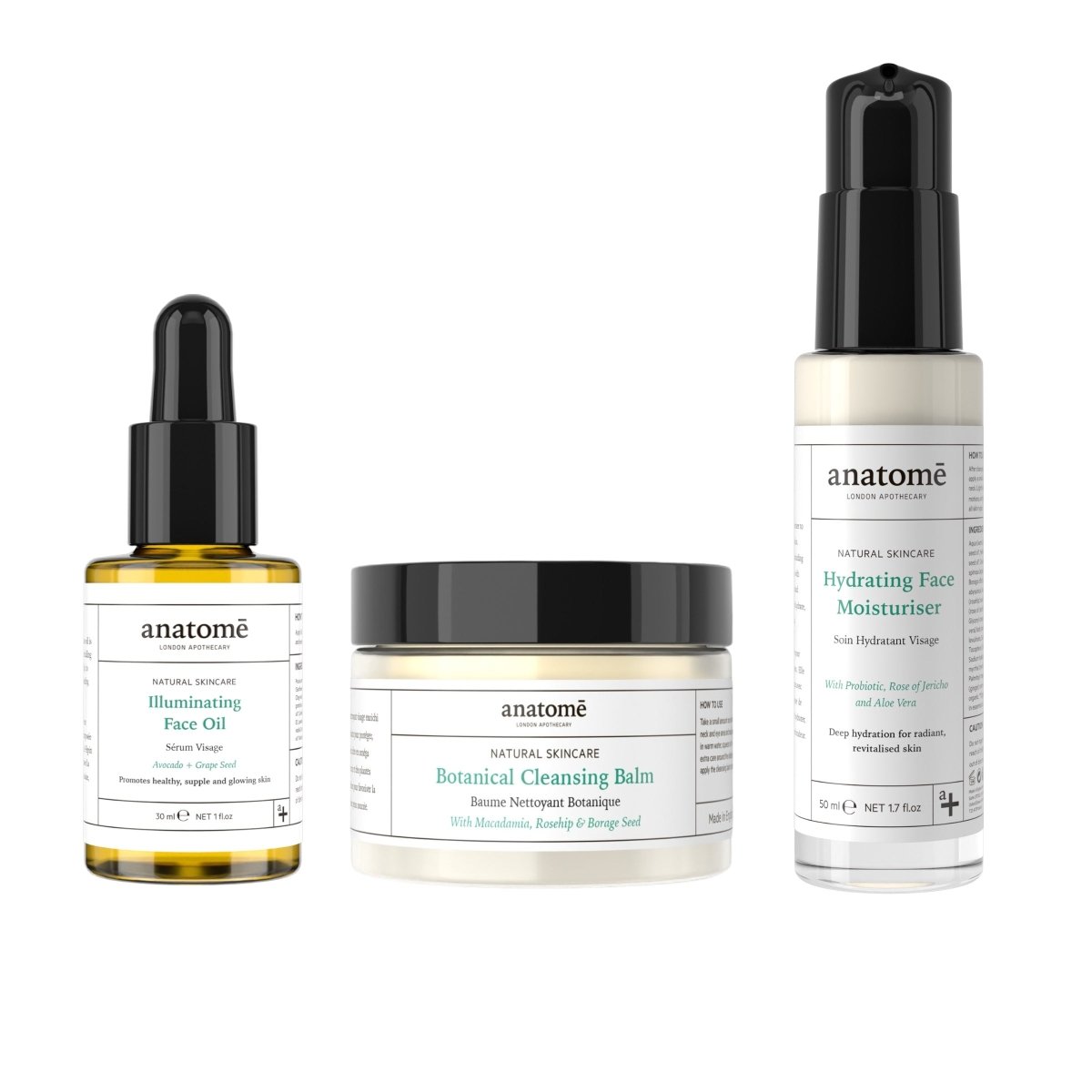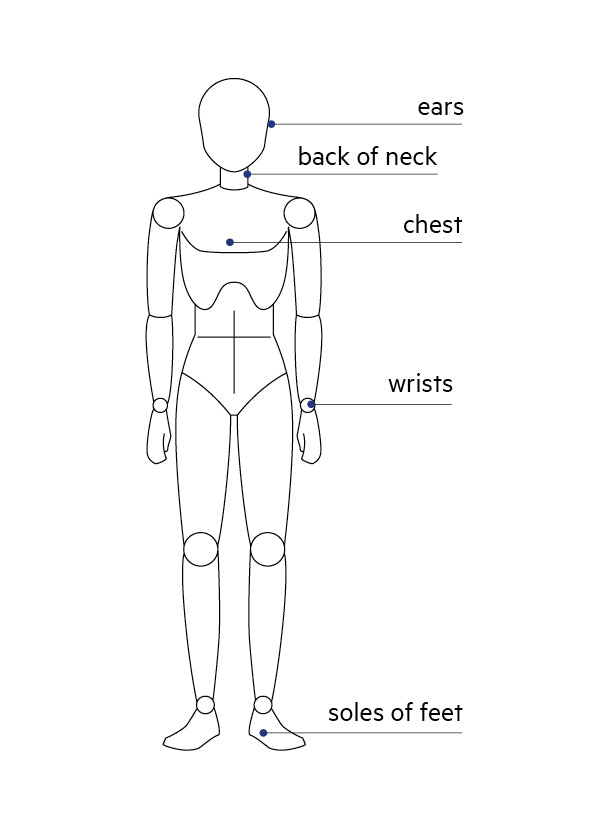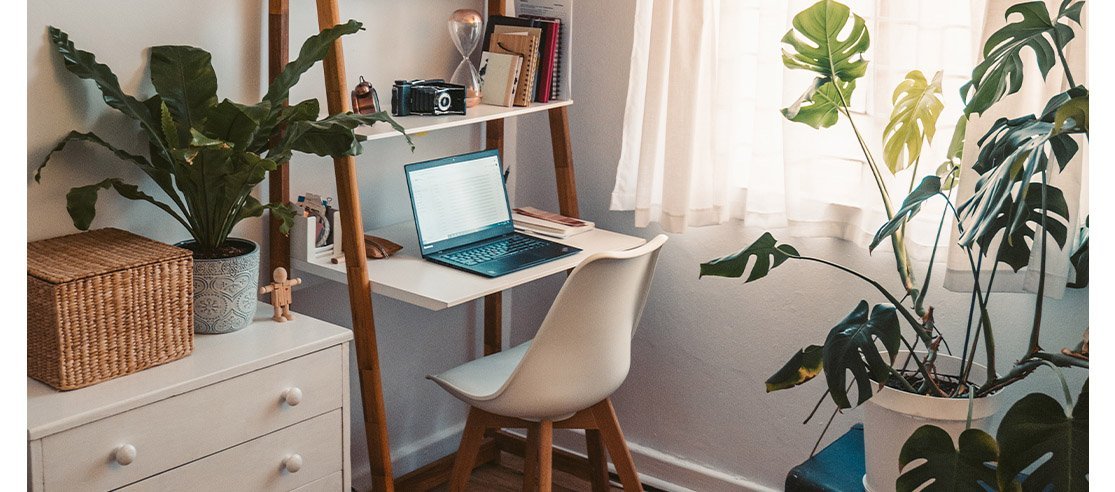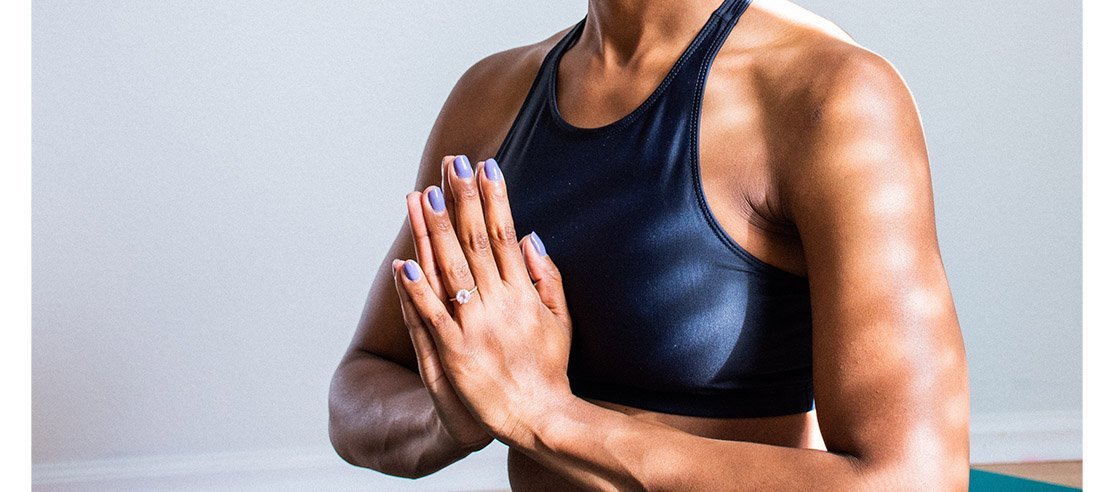
How to practice mindfulness meditation
Meditation is a technique that is used to help train the brain and help us to be focused on the body. It has been proven to reduce stress and help calm us down. Some studies have shown that breath exercises can reduce inflammation within the body. In a study done by Harvard University, researchers scanned the brain while meditating and found that there were significant changes in the physical state of the brain over the course of two months (1).
While there are many different kinds of meditation, the most basic of these is a mindfulness practice. The goal of a mindfulness practice is to practice bringing attention to your breath and center yourself without judgement of what might happen. Mindfulness meditation is there to help you notice the patterns in your thoughts and give yourself a pause from the everyday chaos of life.
In order to practice mindfulness meditation, start by sitting upright and comfortably. A common position is to sit crossed legged on a cushion or in a comfortable chair. Close your eyes. Breathe normally and naturally, cease all efforts and just exist. Focus on your breath and how your body moves with the breath. Notice thoughts that may appear without judgement, pay attention to how they come and go and then return to the breath. Maintain this for two to three minutes or longer if desired. If your thoughts wander, that’s okay, notice it and bring yourself back to the breath.

While relaxation and calm isn’t the goal of meditation, it’s often the result of it. There is ongoing research on the benefits of meditation, but until those results come in, it is worth taking a break from what you’re immediately experiencing to pause and rest. However, for a beginner, it can be difficult to start meditation, so some people find it helpful to practice a guided meditation that takes you through the practice of meditation, much like a yoga class would guide you through the practice.
Here are a few apps that provide guided meditation that we love.

- Headspace. This is one of the most common guided meditation apps for beginners, its colorful and bright approach to meditation helps teach even the most stubborn of us to begin meditation. Its gentle, yet scientific approach with hundreds of meditation options will help to reduce stress and anxiety in a number of days.

- Waking Up. With a 50 day meditation introductory course, this app goes in depth with every kind of guided meditation practice. A basis in science and lessons about the theory behind meditation, this app allows you to dive deep into the science of meditation and guides you slowly through the process of creating a nurturing practice. This app also has a timer so if you feel like you don’t want or need guidance any longer, you can use the app’s timer to finish your meditation practice.

- Calm.Their breathing programs, stretching exercises, and even sleep stories (voiced by the likes of Matthew McConaughey and Bob Ross) are a number of people’s go to source. Previously named Apple’s #1 app of the year, their app helps millions of people find relaxation and calm. They have a number of tools for relaxation including meditation, relaxing and focusing music, video lessons on mindful movement and stretching, masterclasses, and nature scenes.
When meditating, it can be helpful to create a calm and serene environment using candles, essential oils or a comfy cushion to sit on. Try to create a routine that helps you maintain the practice over a period of time. Whether you need an app or not, meditation is always a great thing to practice.
References:
1) https://news.harvard.edu/gazette/story/2018/04/harvard-researchers-study-how-mindfulness-may-change-the-brain-in-depressed-patients/

